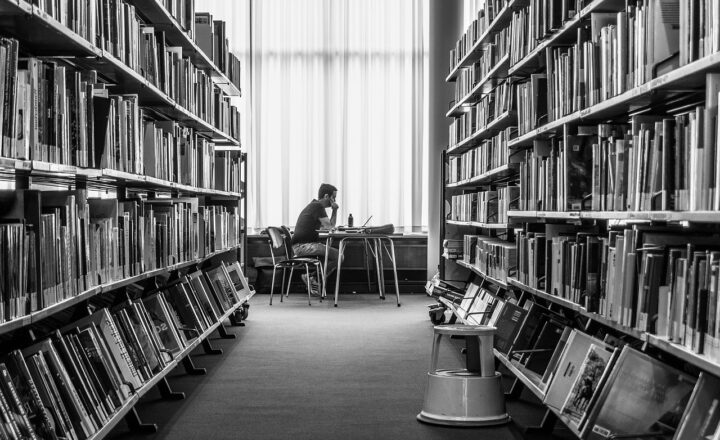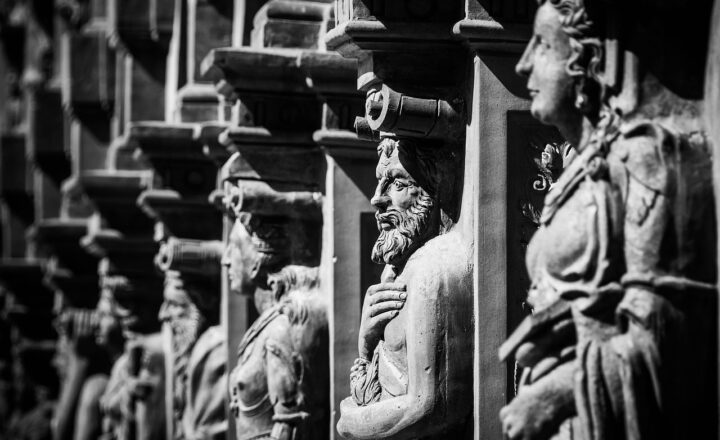
The story of eyeglasses is intricately linked to various historical milestones, particularly during the Middle Ages when scholars were striving to preserve and expand knowledge. Among the pivotal moments in this narrative occurred in Italy – a country renowned for its role in the Renaissance and humanism – where the invention of eyeglasses would not only aid the elderly but also empower the monastic communities dedicated to copying manuscripts and scholarly pursuits. In this article, we will explore the fascinating journey of eyeglasses from their inception to their significance in medieval monasteries.
1. The Historical Context: The Rise of Monastic Scholarship
During the 12th century, Europe experienced a revival of learning known as the Renaissance of the 12th century, characterized by a resurgence in scholarly activity, particularly among monastic communities. Monks played a crucial role as custodians of knowledge, diligently copying manuscripts and preserving texts from antiquity and the early Church.
However, as the demand for handwritten texts grew, so did the challenges faced by these monks, especially those who were aging and found it increasingly difficult to read small, intricate script.
Today, we now know that the physical limitations of reading – a problem that persists even in modern times – were exacerbated in a world devoid of modern corrective lenses.
2. Early Attempts at Visual Correction
Before the invention of eyeglasses, various cultures experimented with visual aids. Ancient Romans, for example, used convex lenses called *crystallum* to improve their vision. However, these were rudimentary and not widely adopted.
In Italy, the groundwork for eyeglasses began with the development of glass blowing in the 13th century, particularly in Venice – an innovation that would lead to the production of rudimentary glass lenses that were easy to shape and manipulate. The combining of these two elements – the use of glass and the need for reading aids – positioned Italy as a mystical backdrop for the emergence of eyeglasses.
3. The Birth of Eyeglasses: A Revolutionary Invention
Eyeglasses are believed to have been invented in Italy around the late 1280s, originally utilizing simple convex lenses to magnify text. The earliest surviving reference to eyeglasses occurs in a letter from the Italian Dominican friar Giordano da Pisa, who marvels at their existence.
These early glasses did not feature frames as we know today; instead, they were often held in place by hand. As the designs evolved, wider use among the clergy and scholars began to flourish.
Within just a few decades, eyeglasses became indispensable tools for monastic scholars, thanks to their ability to enhance clarity and ease strain on the eyes. With more readable scripts, monks could continue to diligently copy texts and manuscripts, enhancing both their productivity and textual quality.
4. The Impact on Monastic Life and Scholarship
The advent of eyeglasses revolutionized monastic life in several ways:
- Increased Productivity: With the ability to read comfortably, monks could produce more manuscripts and engage with a greater volume of material.
- Preservation of Knowledge: Eyeglasses facilitated the preservation of ancient texts and the dissemination of knowledge, as monks were now able to meticulously copy more pages without fatiguing their eyes as quickly.
- Scholarly Dialogue: The visual aids also enabled monks to collaborate more effectively, allowing for discussions about texts, fostering a rich intellectual environment in monasteries.
Eyeglasses thus bridged the gap of physical limitation and intellectual ambition, providing scholars the means to continue their work despite the weariness of age.
5. The Spread of Eyeglasses Across Europe
By the 14th century, the use of eyeglasses had spread beyond Italy to other parts of Europe, including France and Germany, where glassmakers began to refine the techniques for lens crafting. The design evolved to include frames, making them more functional and easier to wear for extended periods.
The increasing popularity of eyeglasses led to an expansion of production centers across Europe, enabling them to be sold and distributed to a larger audience, which included not only scholars but also the emerging merchant class.
6. The Legacy of Eyeglasses: Cultural and Historical Significance
The invention of eyeglasses represented a turning point in visual technology, symbolizing both intellectual pursuit and the human desire to enhance one’s capability. The glasses provided monks with new tools for understanding, preserving, and disseminating knowledge.
Their impact transcended ecclesiastical boundaries, as eventually, these visual aids became everyday items for common individuals. Today, eyeglasses not only help correct vision but also symbolize scientific progress and the continuous quest for knowledge. From the monasteries of medieval Italy to the classrooms of modern universities, the legacy of eyeglasses persists and continues to inspire future generations.
Conclusion
The invention of eyeglasses in Italy was not merely about improving vision; it played a pivotal role in the preservation of historical texts and the enhancement of scholarship during the Middle Ages. By providing clarity to the written word, eyeglasses allowed monks to open the pages of history, preserving knowledge that would have otherwise been lost. As we cherish the advancements of bifocals, progressive lenses, and contact lenses, we must also remember the humble beginnings of this incredible invention that started with the dedicated monks of Italy who sought to illuminate the world around them.
With every glance through a pair of glasses today, we honor those that demanded clarity in a time of obscurity, forever enhancing our connection to the past.





